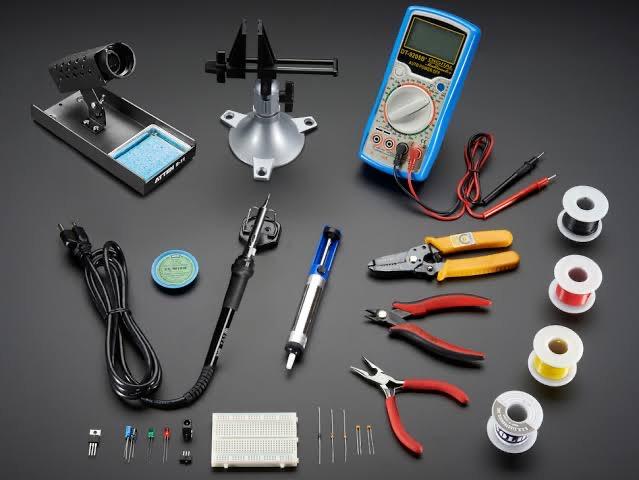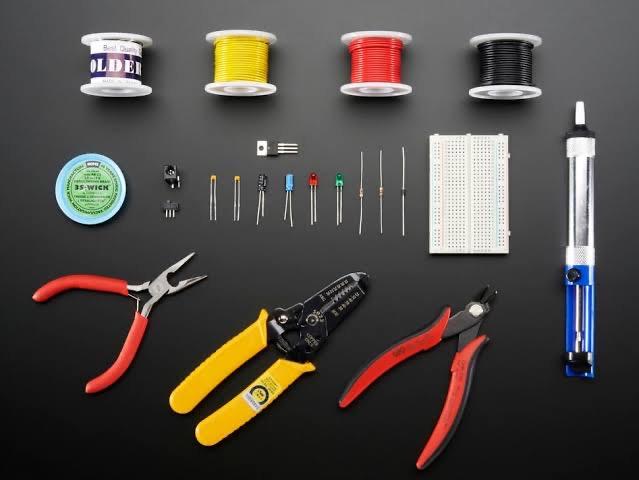
This could be the first time you hear about a door gap gauge, and we don’t fault you for that. It’s not a common item people talk about in regular conversations. Here’s the down-low on this handy device that could save lives.
A fire door gap gauge is a simple tool fire door industry inspectors use to measure and check the clearance requirements per the NFPA 80 code. Clearance requirements are the most common problem on fire doors. The gap measuring gauge will speed up your fire door inspections, is more accessible than a tape measure, is compact, and is easy to use. The gap gauge is too valuable to do without.
This extremely efficient device is an “essential” product for every fire marshal, AHJ/IOR, and maintenance supervisor responsible for complying with compartmentalization ordinances. Its compact form allows you to quickly and accurately confirm compliance, whether for fire safety or energy conservation.
With a door gap gauge, you can evaluate the gap in a door and make adjustments to maintain tolerances. The device is one of the most efficient tools on the market, saving construction workers time examining door gaps to maintain compliance with ADA requirements or prevent unnecessary non-compliances. Crews use a gap gauge to adjust door thresholds and jambs so workers will not have to return to fix the doors.
Shop owners should conduct annual fire door inspections and invest in needed maintenance, including dampers, walls, and fire-stopping systems. These regular checks and use of door gauges make customer life more convenient, safe, and compliant with safety standards.
Learn more about door gap gauges at All Things Inspector! We have the inspection tools that you need and more. Visit our website now!

The Americans with Disabilities Act (ADA) ensures that individuals with disabilities enjoy equal access like others to public facilities, including buildings, sidewalks, and transportation. To

The Americans with Disabilities Act (ADA) mandates that public facilities provide equal access to individuals with disabilities. To meet these requirements, businesses and organizations often
